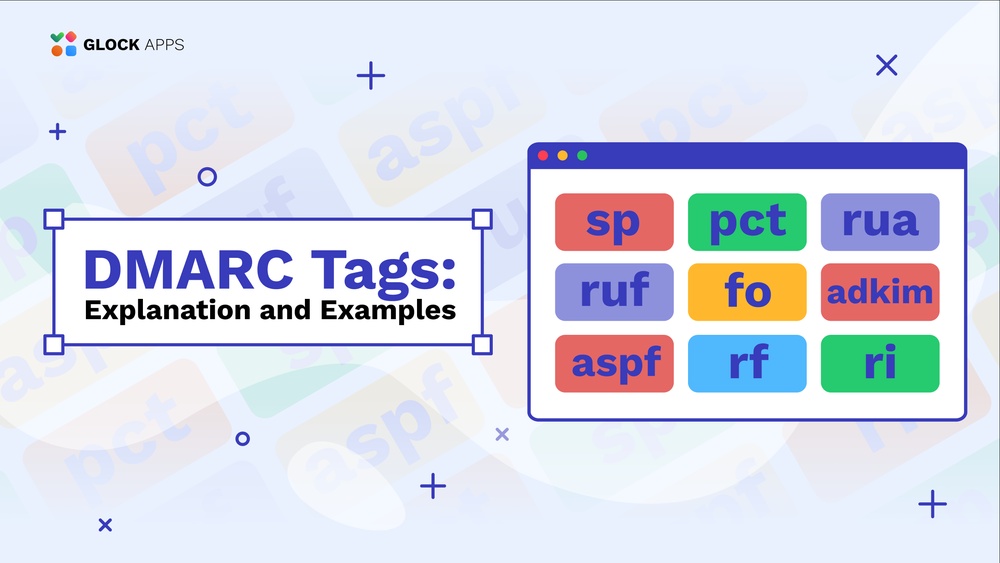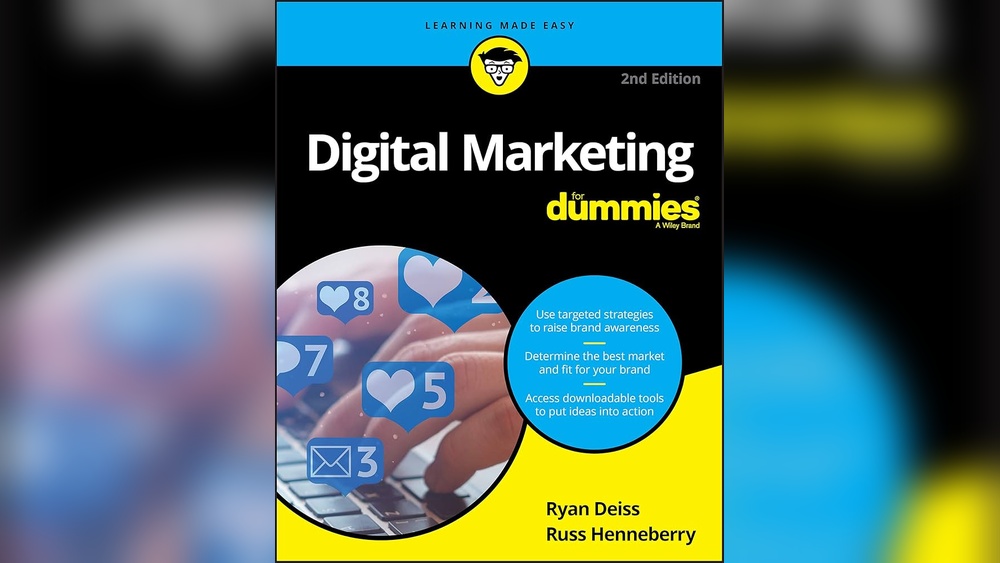Machine learning tools for image processing include TensorFlow, Keras, and OpenCV. These tools offer powerful capabilities for analyzing and manipulating images.
Machine learning has revolutionized image processing, making complex tasks more accessible and efficient. TensorFlow provides a robust platform for developing and training machine learning models. Keras, built on TensorFlow, offers a user-friendly interface for quick model prototyping. OpenCV is an open-source library that excels in real-time computer vision tasks.
These tools simplify the implementation of sophisticated algorithms, enabling developers to enhance image quality, detect objects, and even recognize faces. Their versatility and wide-ranging applications make them indispensable in fields like healthcare, automotive, and security. By leveraging these tools, professionals can achieve remarkable advancements in image analysis and manipulation.
Introduction To Image Processing With Machine Learning
Image processing has transformed with the rise of Machine Learning (ML). ML algorithms analyze and manipulate images, enhancing the quality and extracting valuable information. This blend of technology drives innovation in various fields, from medical imaging to social media filters. Explore how ML tools revolutionize image processing.
The Fusion Of Ml And Image Editing
ML and image editing create powerful tools for visual content enhancement. Traditional image editing relies on manual adjustments. With ML, these tasks become automated and intelligent.
- Automatic Color Correction: ML tools automatically adjust colors for more natural images.
- Object Recognition: Identify and tag objects within images effortlessly.
- Noise Reduction: ML algorithms remove noise, resulting in cleaner images.
These features save time and improve the quality of visual content.
Potential Of Ai In Visual Enhancement
AI-powered tools offer unprecedented capabilities in visual enhancement. Here are some key potentials:
- Super-Resolution: Increase image resolution without losing quality.
- Image Restoration: Repair old or damaged photos with AI algorithms.
- Style Transfer: Apply artistic styles to photos, transforming their appearance.
These AI advancements make previously impossible tasks achievable, broadening the scope of image processing.
| Feature | Description |
|---|---|
| Super-Resolution | Enhances image resolution, providing clearer details. |
| Image Restoration | Fixes and restores old or damaged images. |
| Style Transfer | Applies different artistic styles to images. |
Incorporating these tools into workflows enhances productivity and creativity. The fusion of ML and image processing opens new doors in digital imaging.

Credit: www.geeksforgeeks.org
Key Machine Learning Tools For Image Processing
Image processing using machine learning has revolutionized how we analyze images. Numerous tools help with this task. Here, we explore key machine learning tools for image processing.
Popular Libraries And Frameworks
Several popular libraries and frameworks make image processing easier:
- TensorFlow: Offers a comprehensive ecosystem. Ideal for large-scale projects.
- PyTorch: Known for its ease of use. Preferred for research and development.
- Keras: A high-level API for TensorFlow. Simplifies the creation of neural networks.
- OpenCV: An open-source library. Great for real-time computer vision.
Open-source Vs. Proprietary Tools
Choosing between open-source and proprietary tools depends on your needs:
| Open-Source Tools | Proprietary Tools |
|---|---|
| Free to use | Often requires a subscription |
| Community support | Official support |
| Highly customizable | May offer specialized features |
| Examples: TensorFlow, PyTorch, OpenCV | Examples: MATLAB, Adobe Sensei |
Open-source tools are excellent for flexibility and community input. Proprietary tools can offer specialized features and support. Choose based on your specific project requirements.
Deep Learning’s Role In Image Transformation
Deep learning has revolutionized image processing. It helps transform images in amazing ways. Advanced algorithms and models power these transformations. They enable tasks like image recognition, reconstruction, and enhancement.
This section explores the importance of deep learning in image transformation. We’ll focus on two significant tools: Convolutional Neural Networks and Autoencoders.
Convolutional Neural Networks Explained
Convolutional Neural Networks (CNNs) are a type of deep learning model. They excel at analyzing visual data. CNNs can identify patterns in images. They use layers to process input data. Each layer extracts different features of the image.
Here’s a basic structure of a CNN:
- Input Layer: Receives the image data.
- Convolutional Layer: Applies filters to detect patterns.
- Pooling Layer: Reduces the dimensions of the data.
- Fully Connected Layer: Makes the final prediction.
CNNs are used in various applications. These include facial recognition and medical image analysis. They provide accurate and fast results.
Autoencoders In Image Reconstruction
Autoencoders are another powerful tool in deep learning. They are used for image reconstruction. An autoencoder learns to compress and decompress data. This helps in reducing noise and enhancing image quality.
The structure of an autoencoder includes:
- Encoder: Compresses the input data.
- Latent Space: The compressed representation.
- Decoder: Reconstructs the data from the latent space.
Autoencoders are beneficial in various fields. They help in denoising images and generating new images. They also aid in detecting anomalies in data.
Deep learning significantly impacts image transformation. Tools like CNNs and autoencoders are at the forefront of this revolution.

Credit: www.researchgate.net
Automating Image Editing Tasks
Machine learning tools make image editing easy. Automation saves time and effort. These tools handle complex edits quickly. Let’s explore some features that help automate image editing.
Batch Processing With Ai
Batch processing is a powerful feature. It edits many images at once. Upload multiple photos, and the AI tool will process them together. This feature is useful for large photo collections.
Here is a simple example:
# Python code for batch processing with AI
from PIL import Image
import os
def batch_process(directory, output_directory):
for filename in os.listdir(directory):
if filename.endswith(".jpg") or filename.endswith(".png"):
img = Image.open(os.path.join(directory, filename))
# Apply some AI processing here
img.save(os.path.join(output_directory, filename))
batch_process('input_folder', 'output_folder')
Custom Filters And Effects
Custom filters add unique styles to your images. AI tools offer many filters and effects. Apply these filters to enhance photo quality. Filters can adjust brightness, contrast, and colors.
Some common filters include:
- Sepia
- Black and White
- Vintage
- HDR
Use these filters to give your photos a fresh look. Here is a simple example:
# Python code to apply a sepia filter
from PIL import Image
def apply_sepia(image_path):
img = Image.open(image_path)
width, height = img.size
pixels = img.load()
for py in range(height):
for px in range(width):
r, g, b = img.getpixel((px, py))
tr = int(0.393 r + 0.769 g + 0.189 b)
tg = int(0.349 r + 0.686 g + 0.168 b)
tb = int(0.272 r + 0.534 g + 0.131 b)
if tr > 255:
tr = 255
if tg > 255:
tg = 255
if tb > 255:
tb = 255
pixels[px, py] = (tr, tg, tb)
img.show()
apply_sepia('example.jpg')
Improving Image Quality With Ai
Machine Learning tools have revolutionized image processing. These tools enhance images. They make low-quality images look amazing. AI can fix blurry photos. It can remove noise. Let’s explore these exciting techniques.
Enhancing Resolution With Super-resolution
Super-Resolution uses AI to enhance image resolution. It makes images sharper and clearer. AI analyzes patterns in images. It fills in missing details. This technique is perfect for old photos. It can even improve low-resolution video frames.
| Feature | Benefit |
|---|---|
| Higher Resolution | Clearer images |
| Detail Enhancement | More visible details |
Noise Reduction Techniques
Noise Reduction is another powerful AI tool. It removes unwanted particles in images. This makes photos cleaner. AI identifies and removes noise patterns. The result is a smooth and clear image.
- Cleaner images
- Enhanced visual appeal
- Better for printing
These techniques help in various fields. They are used in photography, medical imaging, and more.
Machine Learning For Image Classification
Machine Learning for Image Classification is a fascinating field. It enables computers to identify and categorize images with high accuracy. This process involves training algorithms to recognize various features within images. The goal is to classify these images into predefined categories. Let’s dive into how this works, focusing on training models and real-world applications.
Training Models For Accurate Tagging
Training models for image classification involves feeding them large datasets. These datasets contain thousands of labeled images. The model learns to recognize patterns and features from these images. This learning process is called supervised learning.
To train a model, you need to follow a series of steps:
- Data Collection: Gather a large number of labeled images.
- Data Preprocessing: Clean and organize the data.
- Model Selection: Choose an appropriate algorithm.
- Training: Use the data to train the model.
- Validation: Test the model with a separate dataset.
- Fine-Tuning: Adjust the model for better accuracy.
These steps ensure the model can accurately tag and classify images. The more diverse the dataset, the better the model performs.
Real-world Applications
Image classification has many real-world applications. Here are some examples:
- Healthcare: Identifying diseases from medical images.
- Security: Facial recognition in surveillance systems.
- E-commerce: Product tagging and recommendation systems.
- Social Media: Automated content moderation.
- Autonomous Vehicles: Object detection and navigation.
These applications show the power of machine learning in image classification. It helps in making systems smarter and more efficient.
Let’s take a look at a table summarizing key algorithms used:
| Algorithm | Use Case | Accuracy |
|---|---|---|
| Convolutional Neural Networks (CNN) | Object Detection | High |
| Support Vector Machines (SVM) | Image Segmentation | Moderate |
| Random Forest | Feature Extraction | Moderate |
Each algorithm has its strengths and weaknesses. Choosing the right one depends on the specific requirements of your project.
Challenges In Machine Learning For Image Processing
Machine learning for image processing faces unique challenges. These challenges can hinder progress and accuracy. Understanding these obstacles helps in developing better solutions.
Handling Diverse Data Sets
Images come in various formats, sizes, and qualities. This diversity can create difficulties for machine learning models. Models must adapt to different types of images to perform well.
Each type of image may need specific processing techniques. Ensuring consistency across these varied images is challenging. Training models on diverse data sets requires a lot of computing power.
Ensuring Privacy And Security
Handling image data comes with privacy concerns. Sensitive data, like medical images, must be protected. Models should not expose personal information.
Key privacy and security measures include:
- Data anonymization
- Secure data storage
- Access control
Ensuring these measures are in place is crucial. Privacy breaches can lead to serious consequences. Machine learning models must prioritize data security at every step.
| Challenge | Details |
|---|---|
| Handling Diverse Data Sets | Images in different formats and qualities |
| Ensuring Privacy and Security | Protecting sensitive image data |

Credit: www.sevenbridges.com
Future Trends In Ai-driven Image Processing
The world of image processing is evolving rapidly. AI-driven tools are at the forefront of this revolution. These tools are making image editing and analysis smarter. Let’s dive into the future trends of AI in this field.
Generative Adversarial Networks
Generative Adversarial Networks (GANs) are a major trend in AI. GANs create new images from scratch. They use two neural networks. One network generates images, and the other checks them. This process helps in creating more realistic images.
GANs are useful for various applications:
- Creating art
- Generating realistic human faces
- Improving image quality
These networks are also used in medical imaging. They help in creating detailed scans. This aids in better diagnosis.
Integration With Vr And Ar
Virtual Reality (VR) and Augmented Reality (AR) are changing how we see images. AI-driven image processing is enhancing this experience.
AI helps in creating more immersive VR environments. It makes virtual objects look more realistic. In AR, AI improves object detection and interaction. This makes AR apps more engaging.
| Feature | VR | AR |
|---|---|---|
| Immersive Experience | High | Medium |
| Realism | High | Medium |
| Interaction | Medium | High |
These trends show that AI will play a big role in the future of image processing. AI-driven tools will make our visual experiences richer and more interactive.
Case Studies: Success Stories And Lessons Learned
Machine learning tools have transformed image processing. These tools solve complex problems and drive innovation. This section explores real-world case studies. We’ll highlight industry breakthroughs and analyze failures to learn valuable lessons.
Industry Breakthroughs
Machine learning has led to many industry breakthroughs. Here are some notable examples:
| Industry | Company | Achievement |
|---|---|---|
| Healthcare | Google Health | Improved cancer detection |
| Automotive | Tesla | Advanced autonomous driving |
| Retail | Amazon | Enhanced product recommendations |
Analyzing Failures For Better Outcomes
Learning from failures is crucial. Here are some lessons learned:
- Data Quality: Poor data quality leads to inaccurate results.
- Overfitting: Overfitting models do not perform well on new data.
- Bias: Biased data can result in unfair outcomes.
To improve outcomes, ensure high-quality data. Regularly validate models with new data. Always check for bias in datasets.
Getting Started With Machine Learning For Your Images
Machine learning has revolutionized image processing. It offers powerful tools to analyze and manipulate images. Starting can be daunting, but with the right guidance, anyone can succeed. This section will help you take the first steps in using machine learning for your images.
Choosing The Right Tools And Resources
Choosing the right tools is essential for successful image processing. Here are some popular options:
- TensorFlow: A powerful open-source library for machine learning.
- PyTorch: Known for its flexibility and ease of use.
- OpenCV: Great for real-time computer vision tasks.
- scikit-image: Ideal for beginners with simple yet effective tools.
Consider the following resources to enhance your learning:
| Resource | Description |
|---|---|
| Coursera | Offers comprehensive courses on machine learning and image processing. |
| Google Colab | An online platform to run Python code for free, with GPU support. |
| Kaggle | Provides datasets and notebooks for hands-on practice. |
Best Practices For Beginners
Follow these best practices to ensure a smooth start:
- Begin with simple projects to build confidence.
- Use well-documented libraries to avoid frustration.
- Join online communities to get help and share knowledge.
- Practice regularly to improve your skills.
- Experiment with different datasets to gain experience.
Remember to always validate your models with new data. This helps ensure accuracy and reliability. Keeping your code clean and well-commented makes it easier to debug and understand later.
By following these guidelines, you’ll be well on your way to mastering machine learning for image processing.
Conclusion: The Artistic And Technical Symbiosis
The intersection of machine learning and image processing is fascinating. It merges the creativity of art with the precision of technology. This partnership has transformed how we see and interact with images.
Embracing The Future Of Image Processing
Machine learning tools are becoming smarter. They can now recognize patterns and details in images. This advancement opens up new possibilities for various fields.
- Healthcare: Improved diagnostic imaging.
- Entertainment: Enhanced visual effects in movies.
- Marketing: Better visual content analysis.
These tools make image editing faster and more accurate. They save time and resources.
Continual Learning And Adaptation
Machine learning models learn and adapt over time. They get better as they process more data. This continual learning ensures they stay relevant.
Developers update these models regularly. This keeps them efficient and effective. Regular updates also introduce new features.
Here are some key points:
- Improvement: Models evolve with new data.
- Adaptation: They adjust to new challenges.
- Updates: Regular updates enhance functionality.
| Aspect | Benefit |
|---|---|
| Learning | Models improve over time. |
| Adaptation | Adjust to new data. |
| Updates | Introduce new features. |
The synergy between art and technology in image processing is powerful. It is a blend that continues to evolve, bringing endless possibilities.
Frequently Asked Questions
How Is Machine Learning Used In Image Processing?
Machine learning enhances image processing by enabling tasks like object detection, image recognition, and segmentation. It improves accuracy and automation, making processes faster and more efficient. Techniques like convolutional neural networks (CNNs) are commonly used in these applications.
Which Machine Learning Model Is Best For Images?
The best machine learning model for images is Convolutional Neural Networks (CNNs). They excel in image recognition and classification tasks.
Which Software Is Best For Image Processing?
Adobe Photoshop is the best software for image processing. It offers advanced tools, flexibility, and professional-quality results.
Which Is Better, Opencv Or Tensorflow?
OpenCV excels in image processing tasks, while TensorFlow is better for deep learning and neural networks. Choose based on your project’s needs.
Conclusion
Machine learning tools for image processing offer incredible capabilities. They enhance image quality and automate complex tasks. By leveraging these tools, businesses can improve efficiency and accuracy. The future of image processing looks promising with continuous advancements in machine learning.
Adopting these tools can lead to significant innovations and competitive advantages.






